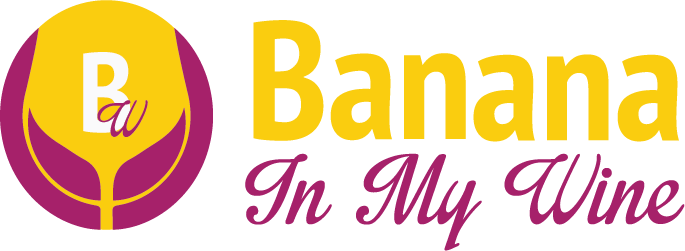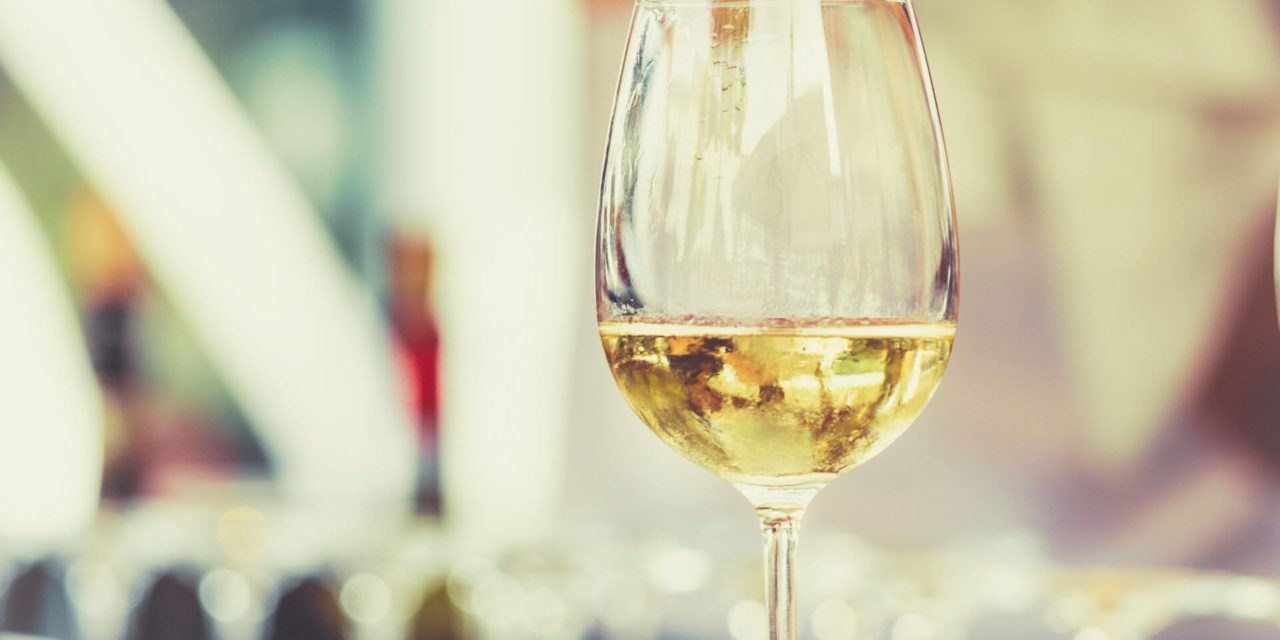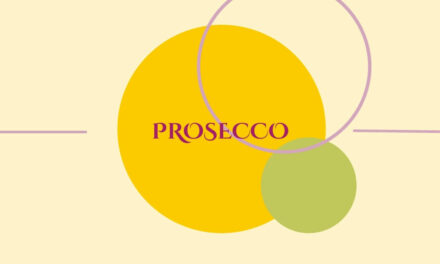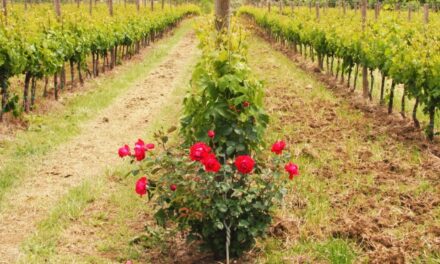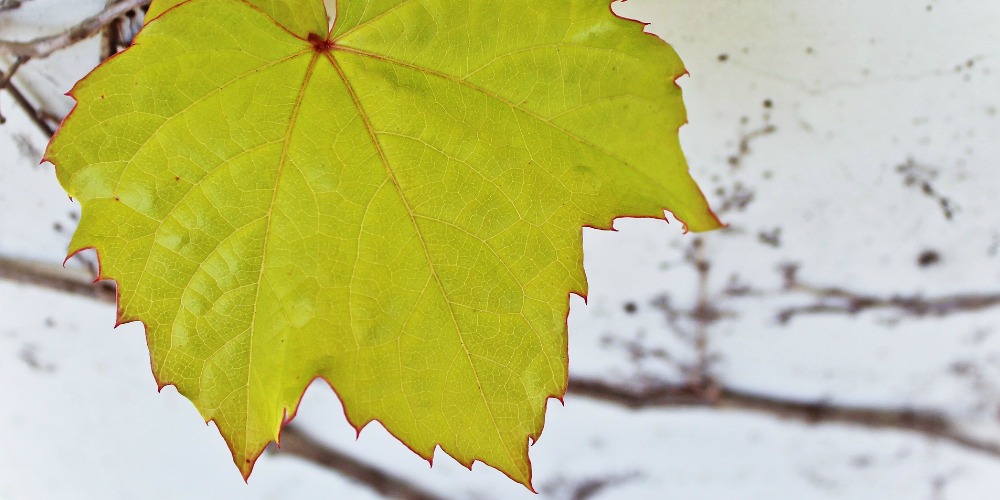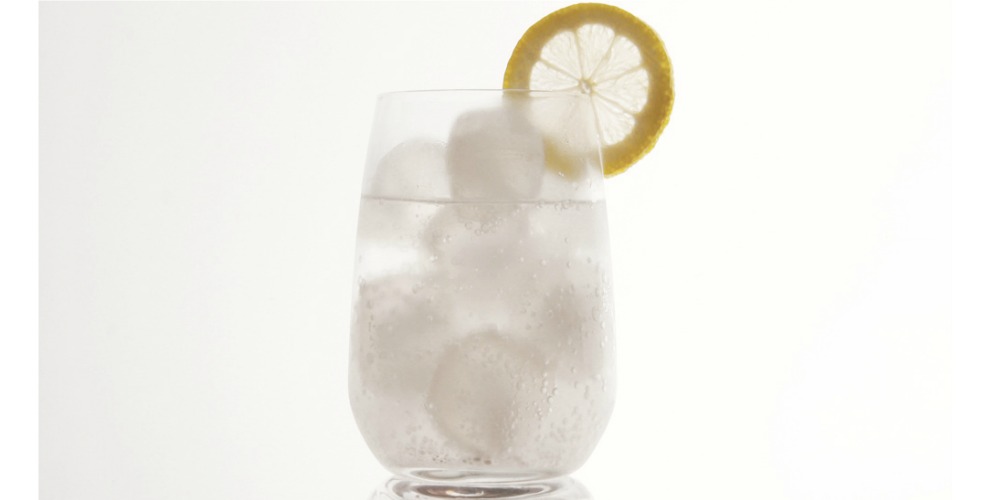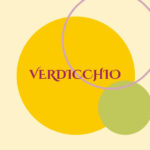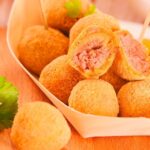So, what is wine, you ask? Easy question, huh? According to the Cambridge Dictionary, wine is “an alcoholic drink that is usually made from grapes, but can also be made from other fruits or flowers. It is made by fermenting the fruit with water and sugar”. Usually made from grapes… *tapping fingers on the chin*
What is wine?
According to EU legislation (Reg. (EU) 1308/2013) wine is “the product obtained exclusively from the total or partial alcoholic fermentation of fresh grapes, whether or not crushed, or of grape must”. Wine – made from grapes – is a magical thing, because this humble fruit holds the key to a big “Extreme Makeover” from vine to glass. You put some in a vat, the yeasts who live on the skin do their job and the magic (aka chemical reactions. Sorry, Harry Potter.) begins! The sugars undergo fermentation, transforming into the cherished elixir of joy, alcohol.
That’s it??? Well, that “was” it several years ago, which usually “isn’t” it nowadays. Modern winemaking has evolved beyond its simple origins. Try to fish some Chemistry classes in your memory… Today, winemakers may harness the powers of ”Sulphur dioxide” (yes, the formula is SO2, good memory!) as a stabiliser, antibiotic, antioxidant and preservative. Perhaps you could also find it as “E220” on food labels…check the dried fruit pack you’ve just bought.
“Enzymes” might be deployed to finesse the aromas (in with the desirable ones, out with the unpleasant ones). Some wizard-vintners might also add some magic powder called “enological tannins”. And the list goes on…”albumin”, “casein” to remove impurities – wait! Aren’t they like egg white and milk proteins? Yes, sir!
Different strokes for different folks
Different winemakers make wine differently! Don’t expect to read those ingredients when you read the back label, for indicating those is not mandatory, my Lord. In a Xanadu kind of world, no additives at all would be used in wine, but we do not live there, do we? Much has been said about the Bonny Doon Vineyard (@ Santa Cruz, California, USA) and its owner, Randall Grahm. All due to the fact that he’s actually one of the few (= rare) winemakers who list the ingredients used – from 2007 vintage white and 2006 vintage red.
Quoting Mr. Grahm:
We feel it useful to provide the consumer with more detailed information about the ingredients used in wine production and aim to reduce our own dependence on standard wine additions, even those considered to be utterly benign – viz. Tartaric acid, bentonite, yeast nutrients, enzymes, sulfur dioxide, and so on.
Lest it appear that we are revoltingly self-righteous, one should bear in mind that we are ourselves still somewhat reliant on certain wine additions that in a perfect world we would minimize or not use at all. But, whatever has been added in production or to the finished wine, even in the minutest fraction, will appear on our labels.
This labeling initiative is primarily intended as an internal discipline. However, we do hope other winemakers will be encouraged to adopt less interventionist practices and rely less upon an alphabet soup of additives to “improve” their wines. The key is to really begin with grapes farmed thoughtfully on appropriate sites and all good comes from that.
You’ll hear different opinions on the topic. While some may view this as utopian, and others embrace the idea, it’s like discussing soccer or baseball or politics or religion – where opinions abound…In the end, each person has an opinion on the matter.
Unveiling Peculiar Possibilities
Daringly, the PhD students Christine Lee and Fransisca Taniasuri at the National University of Singapore have crafted years ago the world’s first wine made solely from “Durian” and another one from “Papaya”. Durian has a very intense and persistent aroma, which has been described as rotting fish, vomit, and dirty socks, among others. Fortunately, according to the girls who created this beverage, the wine tastes nothing like it! Due to its odour, Durian is banned from hotels, underground, taxi, and so on in Southeast Asia, and the sign “No Durians allowed” can be seen.
DELVE INTO THE WORLD OF WINE
Apart from following Banana In My Wine, you can delight in tastings that reveal the unique personality of each vintage, expertly crafted by passionate vintners. Explore our EVENTS page, where we unveil a calendar brimming with wine-themed celebrations and other special dates (like Extra Virgin Oil Day).
What is wine for Banana in my Wine?
There are so many peculiar things in this world…but let us set some limits. When you see discussions about wine here in the blog, it’s going to cover the alcoholic beverage made from fermented grapes and its beautiful forms: red, white, sparkling, still, dry, sweet, fortified, etc etc etc…Wine is not just a beverage.
There’s so much more to this enchanting elixir than meets the eye. Join us as we embark on a journey into the captivating world of wine, where science, artistry, and centuries of tradition converge to produce the beloved nectar that has delighted palates and sparked passions throughout history. There’s much more behind it. Stay tuned!
What is wine for you?
